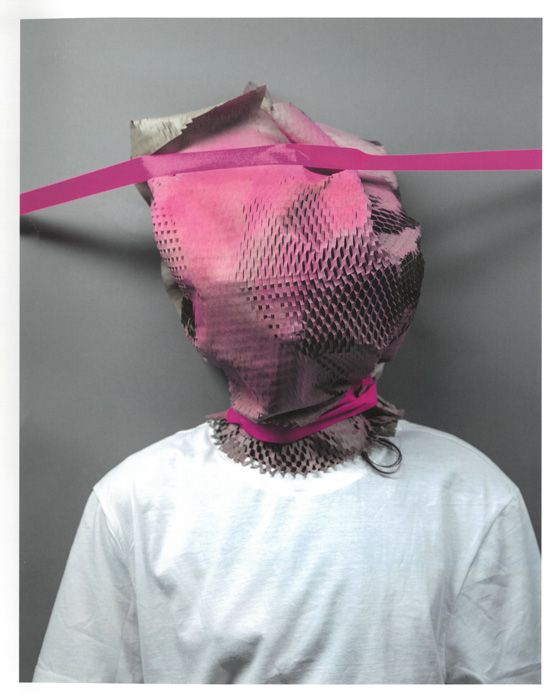Olivia Musgrave’s interest in the Classics greatly informs her sculptures, writes Peter Murray
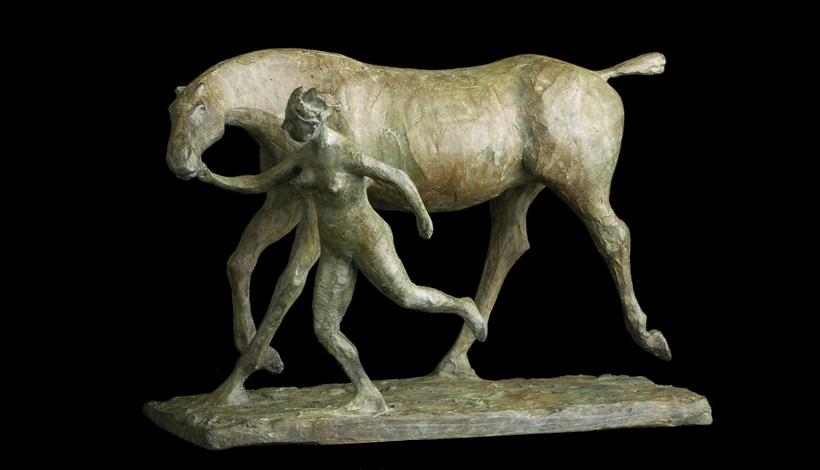
Olivia Musgrave’s interest in the Classics greatly informs her sculptures, writes Peter Murray
Born in Dublin in 1958, over the past thirty years Olivia Musgrave has become recognised as one of Ireland’s most accomplished sculptors, her work combining aesthetic sensibilities of the ancient and the present-day worlds. Happy to be described as a ‘Classical‚’ artist, Musgrave draws much of her inspiration from the ancient civilisations of the Mediterranean, from Etruria and the Aegean to Hellenic Greece and imperial Rome. Hers is an art based on tradition, but informed also in unexpected ways by contemporary popular culture and media. The stories that inspire her sculptures will be familiar to readers of Ovid’s Metamorphoses and include Pygmalion, Daphne, and Diana and Actaeon. She reads these mythic narratives on different levels, comparing them to opera, an art form which at first glance seems absurd, but which delves into enduring archetypes of the human psyche. The story of Europa and the bull, much beloved in the art of the Renaissance – including paintings by Veronese and Titian – is a recurring theme in her art. Perhaps because her mother is Greek and her father Irish, Musgrave has little difficulty in retelling and reiterating the language of sculpture from the ancient Mediterranean: Fates, Sirens, Amazons and Graces abound. She also taps into a long history of equestrian sculpture. Although not a horsewoman, she depicts these animals with enormous admiration, studying their anatomy and movement in detail. Combining this rich tradition with a sense of playfulness, hers are sculptures to which everyday audiences can readily relate.
To read this article in full, subscribe or buy this edition of the Irish Arts Review
Born in Dublin in 1958, over the past thirty years Olivia Musgrave has become recognised as one of Ireland’s most accomplished sculptors, her work combining aesthetic sensibilities of the ancient and the present-day worlds. Happy to be described as a ‘Classical‚’ artist, Musgrave draws much of her inspiration from the ancient civilisations of the Mediterranean, from Etruria and the Aegean to Hellenic Greece and imperial Rome. Hers is an art based on tradition, but informed also in unexpected ways by contemporary popular culture and media. The stories that inspire her sculptures will be familiar to readers of Ovid’s Metamorphoses and include Pygmalion, Daphne, and Diana and Actaeon. She reads these mythic narratives on different levels, comparing them to opera, an art form which at first glance seems absurd, but which delves into enduring archetypes of the human psyche. The story of Europa and the bull, much beloved in the art of the Renaissance – including paintings by Veronese and Titian – is a recurring theme in her art. Perhaps because her mother is Greek and her father Irish, Musgrave has little difficulty in retelling and reiterating the language of sculpture from the ancient Mediterranean: Fates, Sirens, Amazons and Graces abound. She also taps into a long history of equestrian sculpture. Although not a horsewoman, she depicts these animals with enormous admiration, studying their anatomy and movement in detail. Combining this rich tradition with a sense of playfulness, hers are sculptures to which everyday audiences can readily relate.
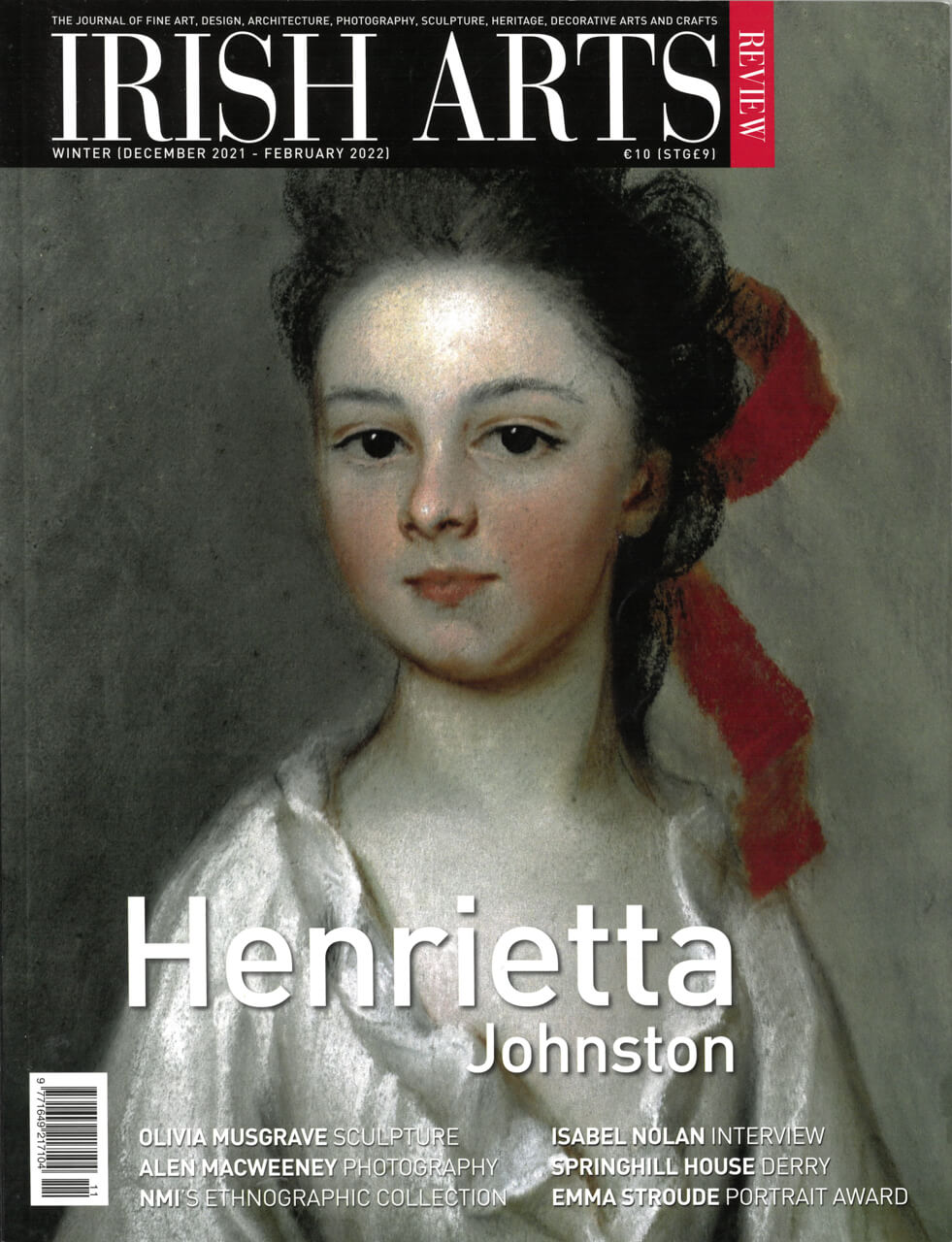
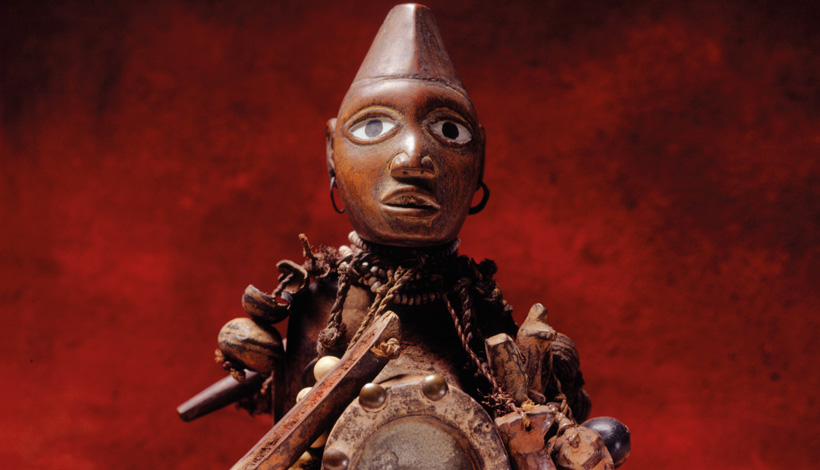
Peter Somerville-Large recounts the history of the National Museum of Ireland’s significant ethnographic collection, last displayed over thirty years ago
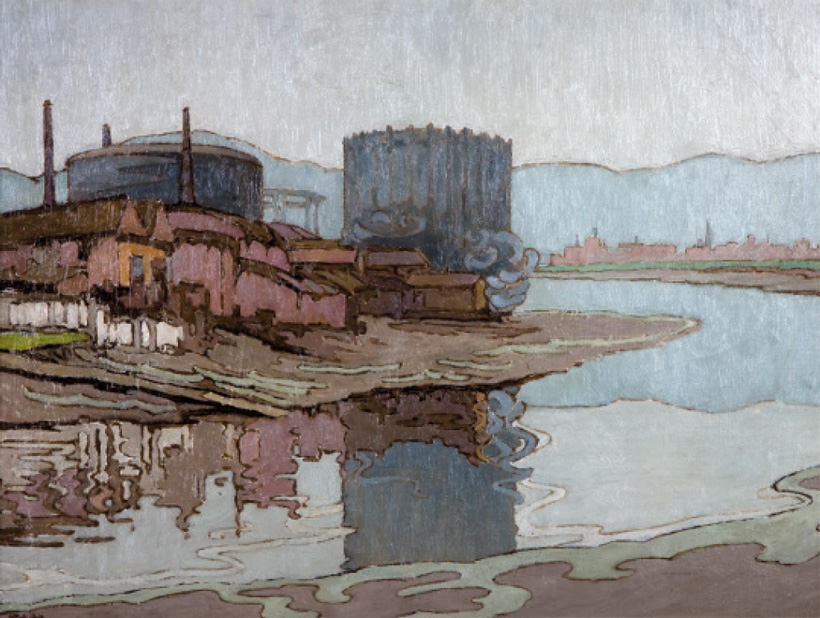
Eileen Black recounts the life and work of Post-Impressionist painter, Georgina Moutray Kyle
